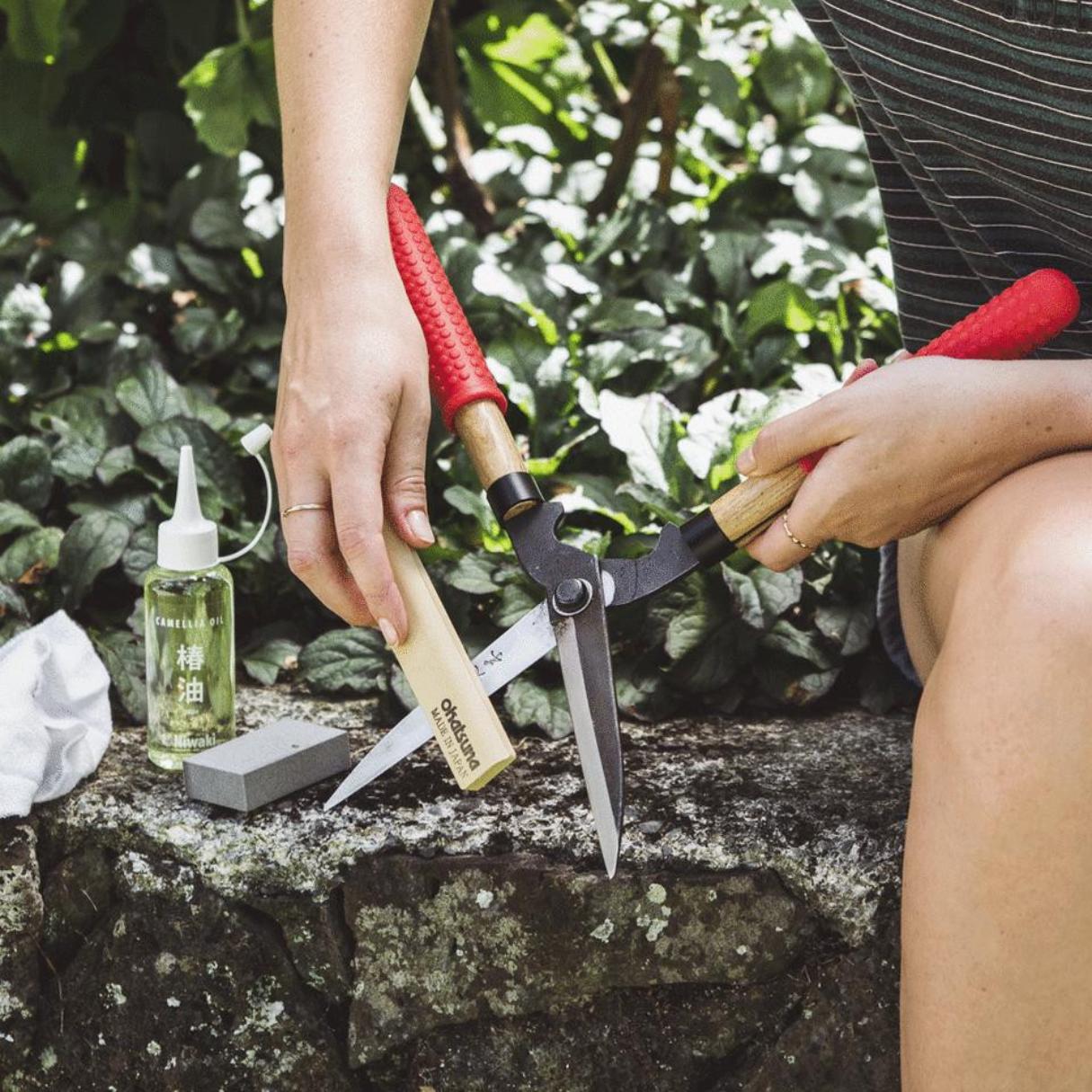

Articles
How To Use Camellia Oil On Hand Tools
Modified: December 7, 2023
Discover the benefits of using camellia oil on your hand tools. This comprehensive article offers valuable insights and tips for incorporating camellia oil into your tool maintenance routine.
(Many of the links in this article redirect to a specific reviewed product. Your purchase of these products through affiliate links helps to generate commission for Storables.com, at no extra cost. Learn more)
Introduction
Hand tools are an essential part of any DIY enthusiast or professional tradesperson’s arsenal. Whether you’re a woodworker, mechanic, or gardener, taking care of your hand tools is vital for their longevity and performance. One effective way to maintain and protect your hand tools is by utilizing camellia oil.
Camellia oil is derived from the seeds of the camellia plant, which is native to East Asia. It has been used for centuries for its various benefits, including its ability to moisturize, protect, and revive metal surfaces. When applied to hand tools, camellia oil forms a protective barrier, preventing rust and corrosion while keeping the tools in optimal condition.
In this article, we will explore the benefits of using camellia oil on hand tools, how to prepare your tools for application, the proper method of applying the oil, how to wipe off excess oil, storing your tools treated with camellia oil, as well as regular maintenance and reapplication of the oil.
By following these steps, you can ensure that your hand tools remain in excellent shape, ready to assist you in your various projects for years to come.
Key Takeaways:
- Protect and maintain hand tools with camellia oil to prevent rust, lubricate moving parts, resist corrosion, and revive old tools, contributing to eco-friendly tool maintenance.
- Ensure optimal tool performance and longevity by applying camellia oil, wiping off excess oil, and storing hand tools in a dry, organized manner, while incorporating regular maintenance and reapplication of the oil.
Read more: What Kind Of Oil Can You Use On Hand Tools
Benefits of Using Camellia Oil on Hand Tools
Using camellia oil on your hand tools offers a range of benefits that will help to maintain their performance and extend their lifespan. Let’s take a closer look at some of the key advantages:
- Rust Prevention: One of the primary benefits of camellia oil is its ability to prevent rust. Hand tools are often exposed to moisture, which can lead to rust and corrosion. Applying camellia oil forms a protective barrier on the metal surface, preventing contact with moisture and inhibiting rust formation.
- Lubrication: Camellia oil’s lubricating properties help to reduce friction and make your hand tools operate smoothly. This is particularly beneficial for moving parts such as hinges, knobs, and blades. Lubrication not only enhances the efficiency of the tools but also decreases the wear and tear on the components.
- Corrosion Resistance: In addition to preventing rust, camellia oil also helps to protect hand tools from other forms of corrosion. It creates a thin, invisible film that shields the metal surfaces from exposure to oxygen and moisture, reducing the risk of pitting, tarnishing, and other forms of corrosion.
- Reviving Old Tools: If you have old or neglected hand tools that have started to deteriorate, camellia oil can be a game-changer. The oil has restorative properties and can help revive the surfaces by nourishing dried-out wood, rejuvenating faded finishes, and revitalizing metal parts.
- Environmental Friendliness: Camellia oil is a natural and eco-friendly alternative to synthetic lubricants and rust preventatives. It is non-toxic and does not release harmful fumes, making it safe to use in a workshop or storage area without the need for special ventilation.
By utilizing camellia oil on your hand tools, you can protect them from rust, reduce friction, prolong their lifespan, and contribute to a more sustainable approach to maintenance.
Preparing Your Hand Tools
Before applying camellia oil to your hand tools, it’s important to ensure that they are clean and free from grime, dirt, and any existing rust. Follow these steps to properly prepare your hand tools:
- Clean the Tools: Start by giving your hand tools a thorough cleaning. Use a brush or cloth to remove any surface dirt and debris. If there is stubborn grime or rust, you can use a mild detergent or a rust remover specifically designed for hand tools. Be sure to dry them thoroughly afterward to prevent any residual moisture.
- Inspect for Damage: Take a close look at your hand tools and check for any signs of damage or wear. Look for cracks, bent or broken parts, or any other issues that could affect the functionality of the tool. It’s important to address any damage before applying camellia oil to ensure optimal results.
- Remove Loose Rust: If you notice any small patches of rust on your hand tools, gently remove it using fine-grit sandpaper or a wire brush. Be careful not to overdo it and remove excessive amounts of metal. The goal is to eliminate only the loose rust while maintaining the integrity of the tool.
- Smooth Rough Surfaces: If there are any rough or uneven surfaces on your hand tools, you can use sandpaper to smooth them out. This step is particularly beneficial for wooden handles or grips that may have become rough over time.
- Wipe Down with Mineral Spirits: To further clean the hand tools and remove any remaining residue, use a cloth dampened with mineral spirits. This will help to remove grease, oils, and other contaminants, allowing the camellia oil to adhere properly to the metal surfaces.
By taking the time to properly prepare your hand tools, you create an optimal surface for the camellia oil to adhere to, ensuring maximum protection and longevity for your tools.
Applying Camellia Oil to Hand Tools
Now that your hand tools are clean and prepped, it’s time to apply the camellia oil. Follow these steps to ensure proper application:
- Choose a Quality Camellia Oil: Select a high-quality camellia oil specifically formulated for tool maintenance. Look for oils that are pure and free from additives or synthetic ingredients.
- Apply a Thin Coat: Pour a small amount of camellia oil onto a clean, lint-free cloth or paper towel. The cloth should be dampened but not saturated. Gently rub the cloth over the metal surfaces of the hand tool, ensuring an even and thin coat of oil. Pay particular attention to areas that are prone to rust and corrosion.
- Work the Oil Into the Surfaces: Using a circular motion, work the camellia oil into the metal surfaces of the hand tool. This will help the oil penetrate and provide maximum protection. For wooden handles or grips, you can also apply a small amount of oil and rub it in with your fingers or a cloth.
- Focus on Moving Parts: If your hand tool has moving parts, such as hinges or joints, make sure to apply some oil to these areas as well. These areas can benefit from additional lubrication to ensure smooth operation.
- Allow the Oil to Penetrate: After applying the oil, allow it to penetrate the metal surfaces for a few minutes. This will give the oil a chance to work its way into the nooks and crannies, providing enhanced protection against rust and corrosion.
Remember, a little goes a long way when it comes to camellia oil. Applying a thin coat is sufficient, as excessive oil can attract dust and dirt, defeating the purpose of the application. Repeat this process for each hand tool you wish to treat with camellia oil.
Note: Some users prefer to warm the camellia oil before applying it to their tools. This can help to improve the oil’s penetration and effectiveness. If you choose to warm the oil, be sure to do so in a controlled manner and avoid overheating.
Apply a small amount of camellia oil to a soft cloth and rub it onto the metal parts of your hand tools to prevent rust and corrosion. Wipe off any excess oil before using the tools.
Wiping off Excess Oil
After applying camellia oil to your hand tools, it’s important to wipe off any excess oil to achieve the desired level of protection without leaving a greasy residue. Follow these steps to properly remove excess oil:
- Allow Absorption Time: Before wiping off the excess oil, give it some time to absorb into the metal surfaces. This will typically take around 10-15 minutes, but you can adjust the time depending on the climate and the absorbency of the tool’s material.
- Use a Clean Cloth: Take a clean, dry cloth or paper towel and gently wipe any visible excess oil from the tool. Be thorough but gentle to avoid removing all the applied oil. Pay attention to crevices, corners, and small details where oil may accumulate.
- Check for Residue: After wiping off the excess oil, inspect the hand tool for any remaining residue. If you notice any oily spots or streaks, lightly buff the surface with a clean cloth to remove them.
- Repeat if Necessary: If you find that there is still excessive oil on the tool after wiping, repeat the process of wiping and buffing until you achieve the desired level of oil saturation.
It’s worth noting that camellia oil is lightweight and absorbs well into most materials, including metals and wood. However, excessive oil can attract dust and dirt, which can lead to a messy and less effective application. Therefore, it’s important to ensure that you remove any excess oil to maintain a clean and functional tool.
By properly wiping off excess oil, you will strike the perfect balance between protection and usability, ensuring that your hand tools are ready for use whenever you need them.
Read more: Why Use Hand Tools
Storing Hand Tools Treated with Camellia Oil
Proper storage of your hand tools is crucial to maintain their condition and protect them from environmental factors. Here are some recommended practices for storing hand tools that have been treated with camellia oil:
- Clean and Dry: Before storing the tools, make sure they are free from dirt, debris, and excess oil. Wipe them down with a clean cloth to remove any lingering residue.
- Separate and Organize: Keep your hand tools organized and separated to prevent damage or contact between different types of tools. Use toolboxes, drawers, or hanging racks to store them in a way that minimizes the risk of scratches or dents.
- Avoid Moisture: Moisture is one of the biggest enemies of hand tools, as it can lead to rust and corrosion. Store your tools in a dry location, away from areas with high humidity. Consider using moisture-absorbing packets or silica gel inside toolboxes to further protect against moisture buildup.
- Protective Covers: For extra protection, consider using protective covers or cases for your hand tools. These can help shield the tools from dust and moisture, keeping them in optimal condition. You can find purpose-made tool covers or use simple solutions like plastic sleeves or cloth wraps.
- Regular Inspection: Periodically inspect your stored hand tools for any signs of rust, wear, or damage. Catching issues early allows for prompt maintenance and prevents further damage.
- Reapply Camellia Oil as Needed: Over time, the protective coating of camellia oil on your hand tools may wear off. Depending on usage and storage conditions, you may need to reapply the oil periodically. Monitor the condition of your tools and reapply the oil when you notice signs of corrosion or dryness.
By following these storage practices, you can ensure that your hand tools remain in excellent condition and ready for use whenever you need them. Proper storage, combined with regular maintenance and reapplication of camellia oil, will extend the lifespan of your tools and preserve their performance.
Regular Maintenance and Reapplication of Camellia Oil
Maintaining your hand tools is an ongoing process to ensure their longevity and optimal performance. Here are some tips for regular maintenance and reapplication of camellia oil:
- Inspect and Clean: Regularly inspect your hand tools for any signs of rust, wear, or damage. Clean them as needed to remove dirt, grime, and debris. This can be done using a brush, damp cloth, or mild detergent if necessary. Make sure to dry the tools thoroughly before proceeding.
- Reapply Camellia Oil: Depending on the usage and storage conditions, you may need to reapply camellia oil to your hand tools periodically. Apply a thin coat of oil following the steps we discussed earlier. Focus on areas that are most susceptible to rust and corrosion, such as the cutting edges and metal surfaces.
- Work the Oil In: After applying the oil, work it into the metal surfaces by gently rubbing it in with a clean cloth. This helps the oil penetrate and provides enhanced protection against rust and corrosion. Be sure to wipe off any excess oil to avoid attracting dust.
- Store Properly: After reapplying the oil, store your hand tools in a dry and clean environment, away from moisture and extreme temperatures. Organize them neatly, using toolboxes, racks, or other storage solutions to prevent damage and ensure easy access.
- Monitor for Wear: Regularly inspect your hand tools for any signs of wear or deterioration. Pay attention to handles, grips, and moving parts. If you notice any issues, such as loose screws or worn-out components, address them promptly to prevent further damage and ensure safe operation.
- Consider Routine Maintenance Schedule: Establishing a routine maintenance schedule can help you stay on top of caring for your hand tools. Set a reminder to check and clean your tools regularly, as well as reapply camellia oil when necessary. This proactive approach will keep your hand tools in excellent condition and ready for use.
By incorporating regular maintenance and reapplication of camellia oil into your tool care routine, you can optimize the performance, longevity, and durability of your hand tools. Remember, prevention is key, and staying proactive in maintaining your tools will save you time, effort, and money in the long run.
Conclusion
Taking care of your hand tools is essential for ensuring their longevity and performance, and using camellia oil is a highly effective way to protect and maintain them. By applying camellia oil, you can prevent rust, lubricate moving parts, resist corrosion, revive old tools, and contribute to a more eco-friendly approach to tool maintenance.
To get started, remember the key steps: prepare your tools by cleaning and inspecting them, apply camellia oil in a thin and even coat, work the oil into the surfaces, wipe off excess oil, and store your hand tools in a dry and organized manner. Regular maintenance and reapplication of camellia oil will help ensure that your tools remain in excellent condition and ready for use whenever you need them.
With its natural properties and long-standing history of use, camellia oil has proven to be a reliable and effective option for hand tool maintenance. It provides a protective barrier, prevents rust, and keeps your tools in optimal working order. By incorporating camellia oil into your tool care routine, you will not only extend the lifespan of your hand tools but also enhance their performance, saving time and money in the long run.
So, take the time to care for your hand tools and give them the attention they deserve. By utilizing camellia oil and following the proper maintenance steps, you can ensure that your hand tools remain reliable and ready to assist you in all your DIY projects, woodworking tasks, mechanical repairs, and gardening endeavors.
Invest in the longevity of your hand tools today with camellia oil, and enjoy the benefits of well-maintained, high-performance tools for years to come.
Frequently Asked Questions about How To Use Camellia Oil On Hand Tools
Was this page helpful?
At Storables.com, we guarantee accurate and reliable information. Our content, validated by Expert Board Contributors, is crafted following stringent Editorial Policies. We're committed to providing you with well-researched, expert-backed insights for all your informational needs.
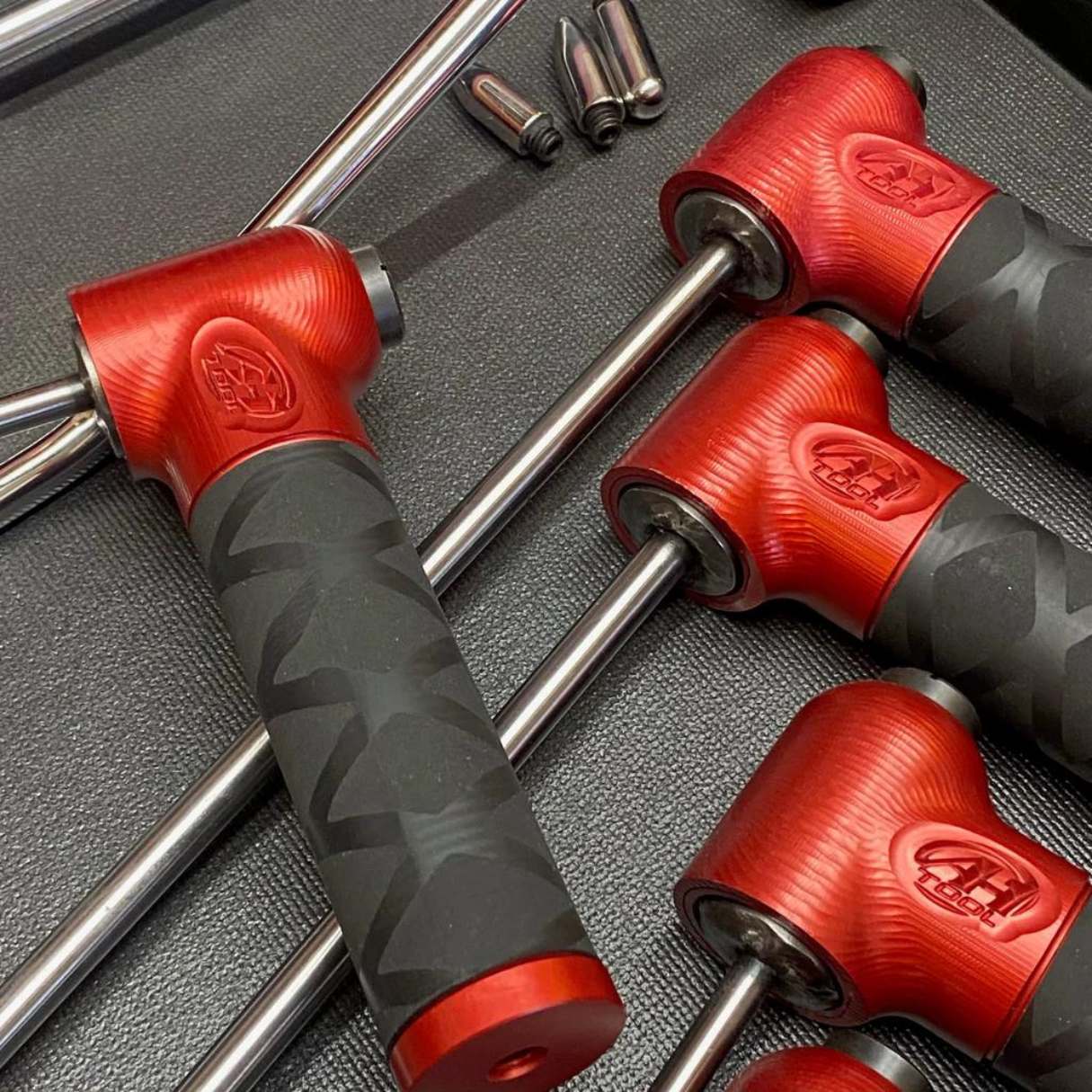

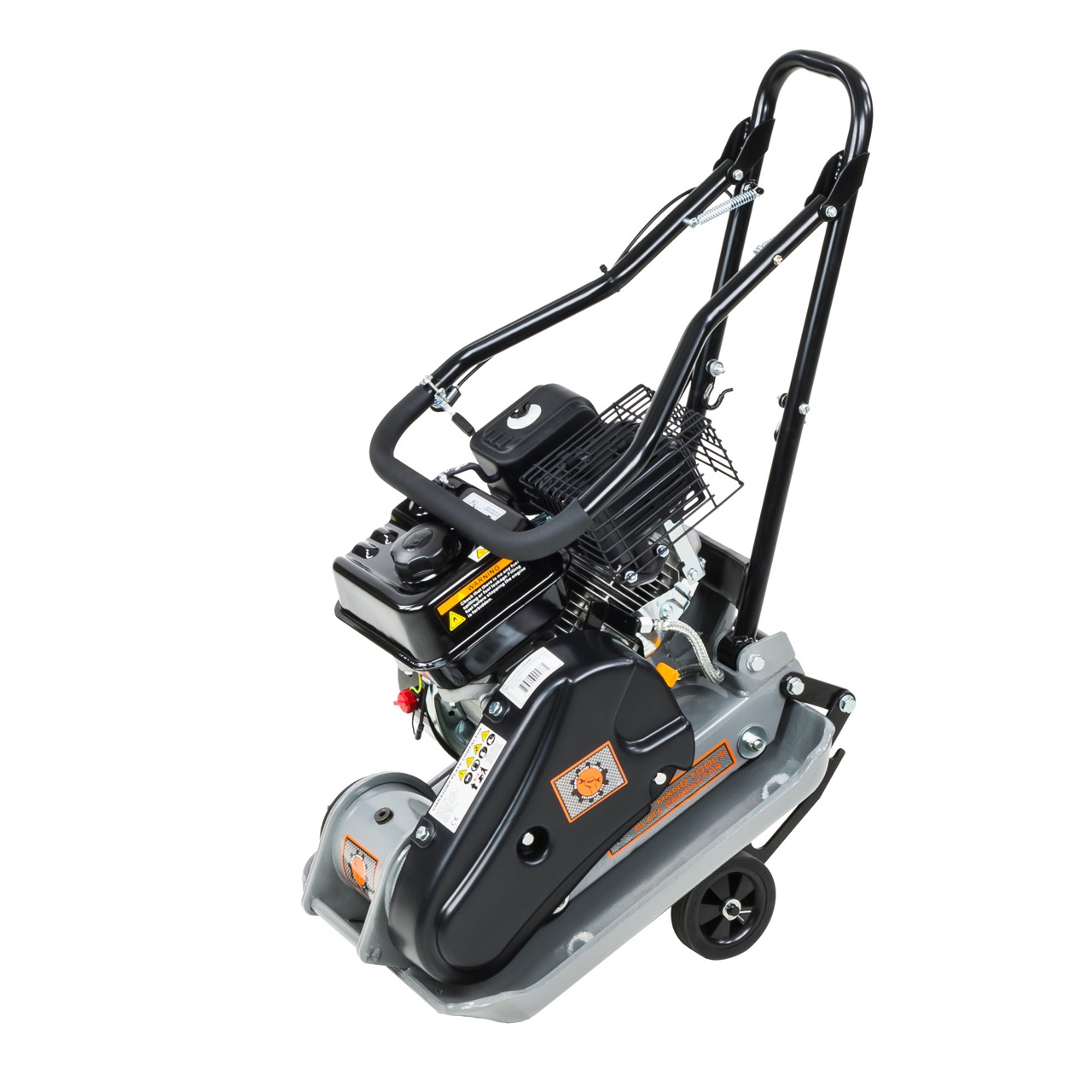
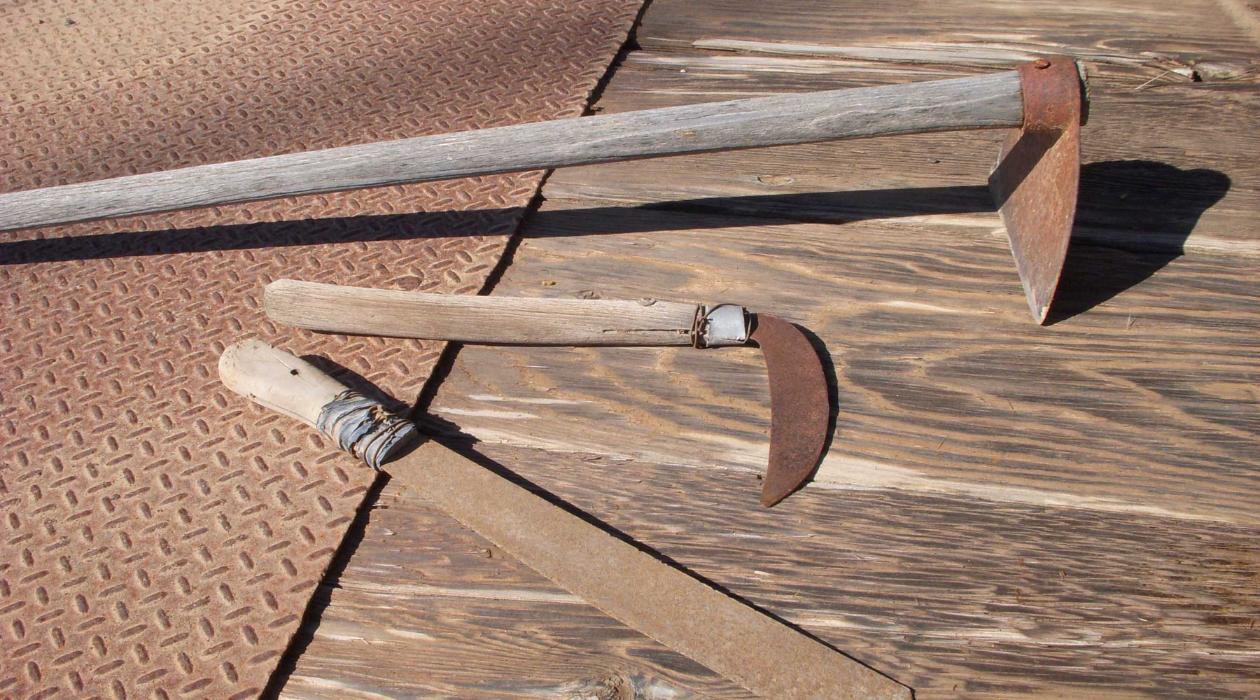
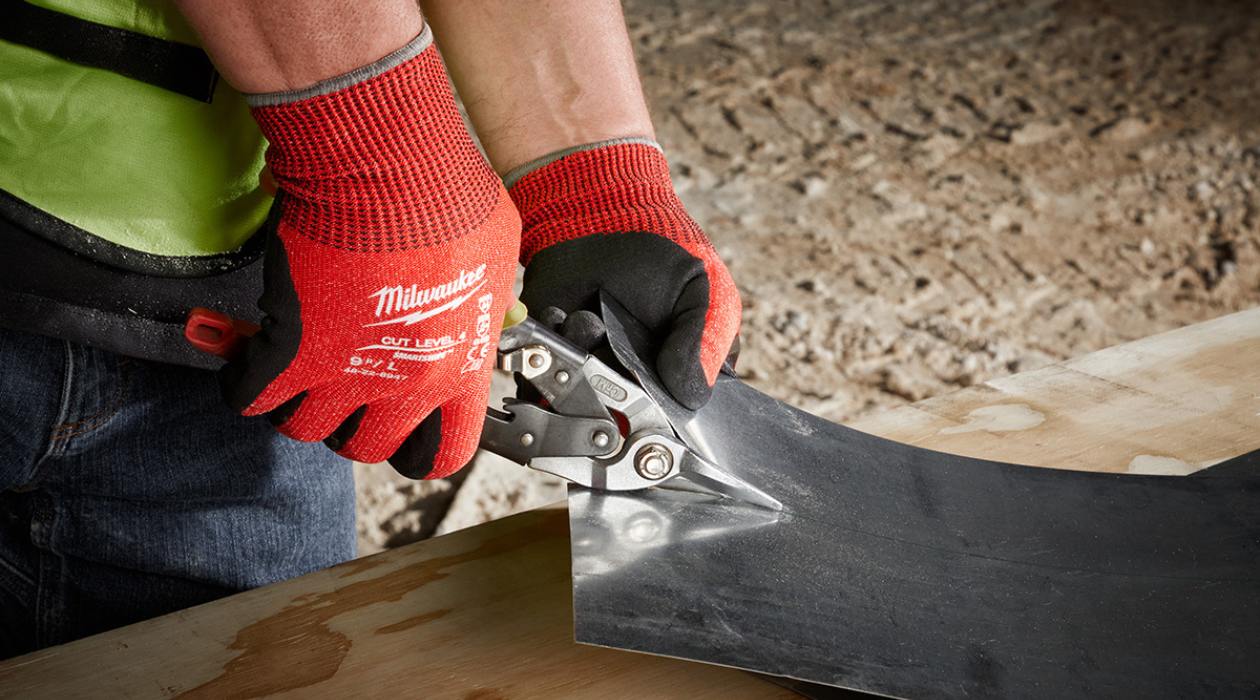
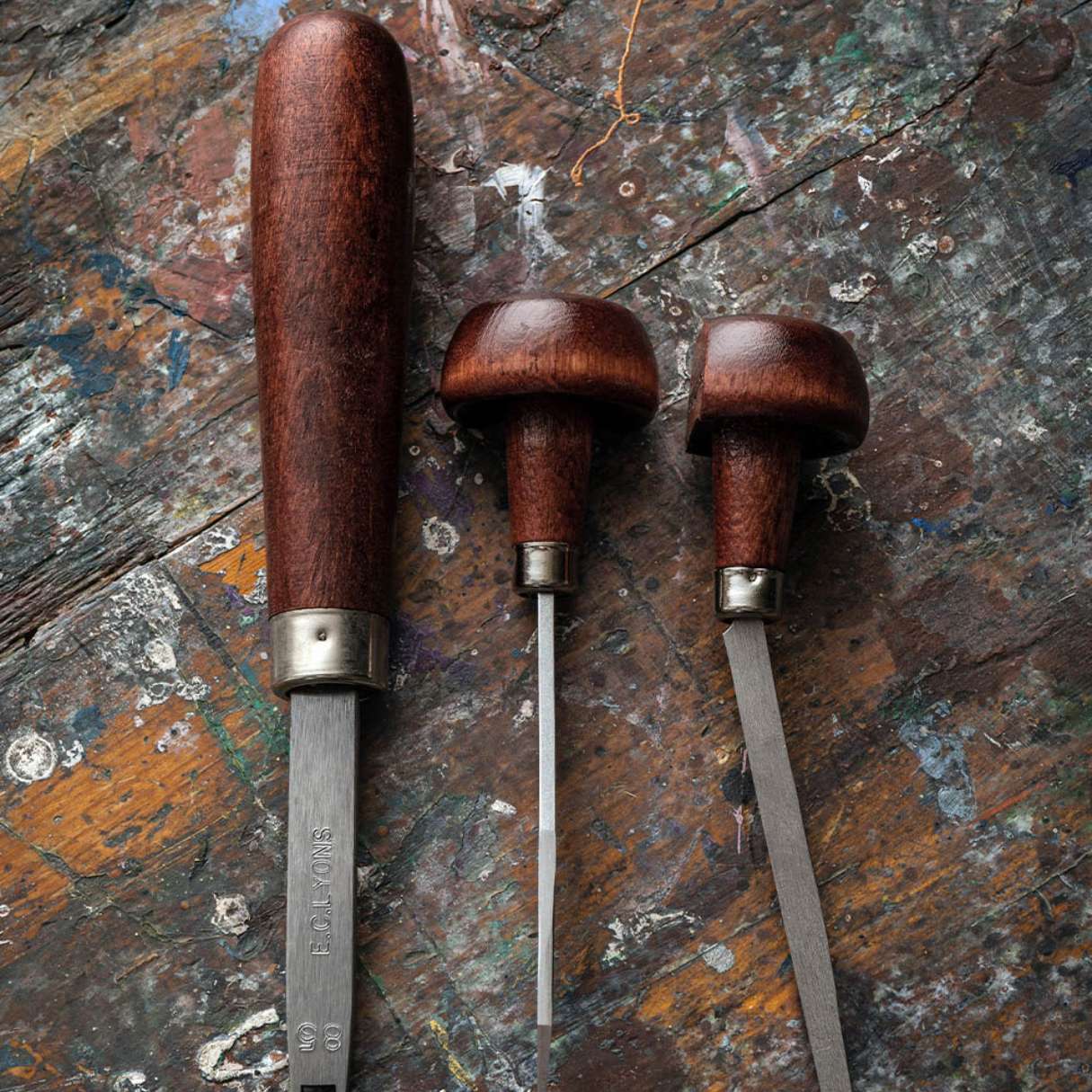
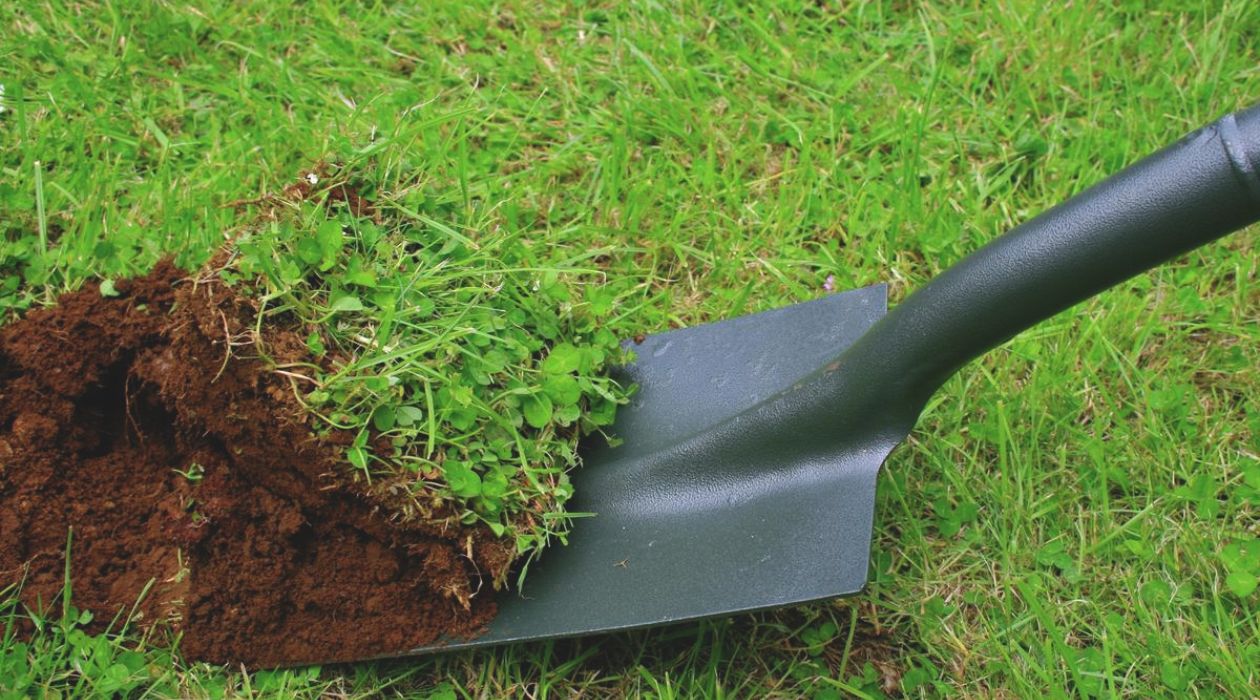
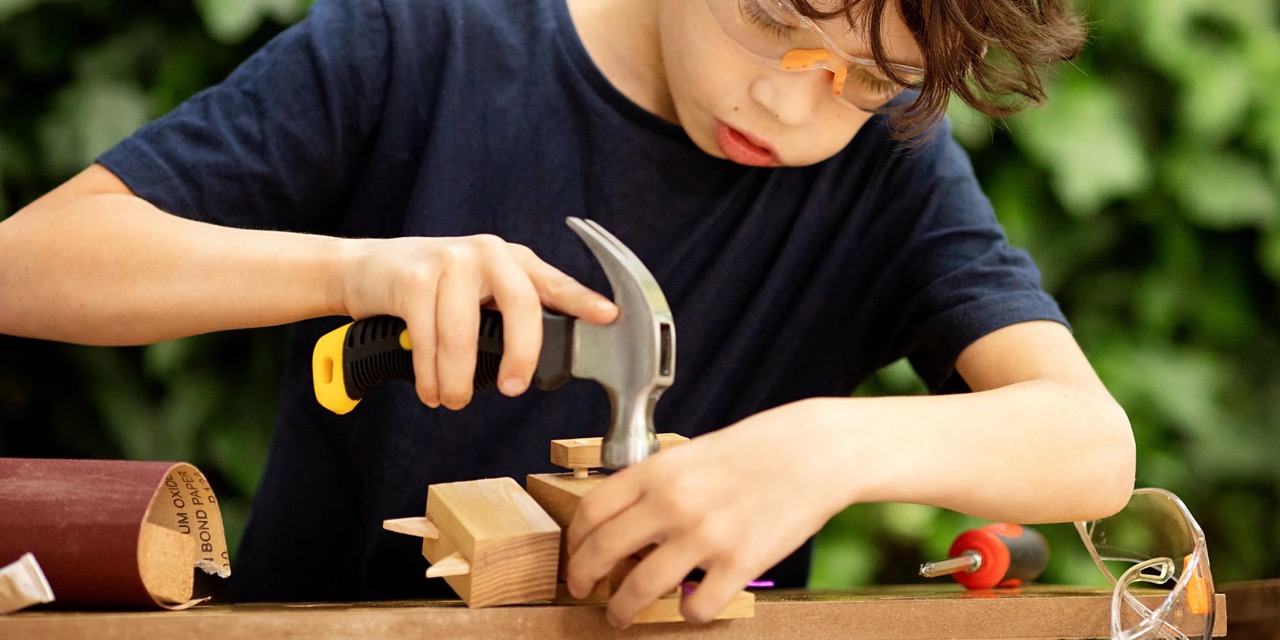
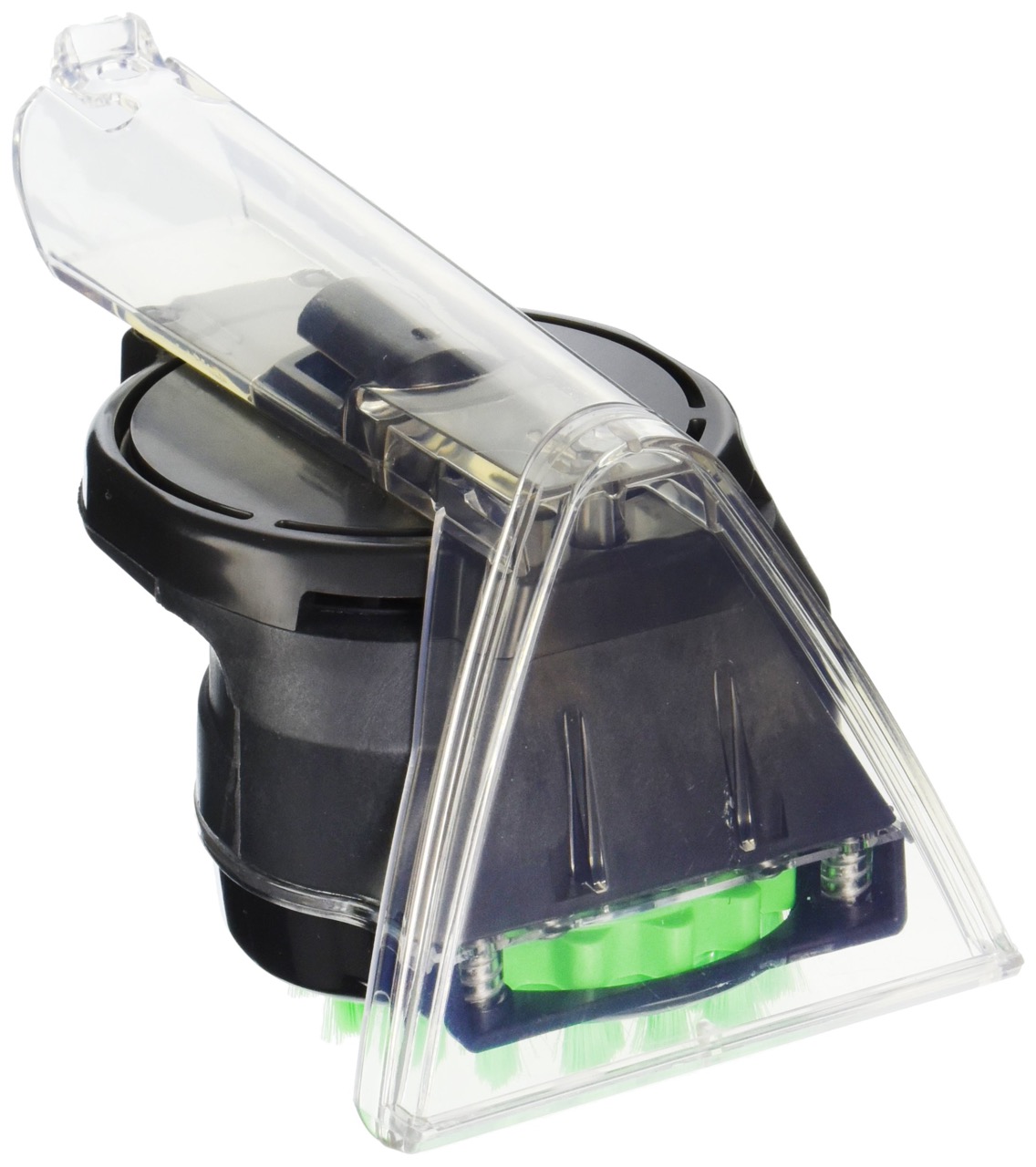
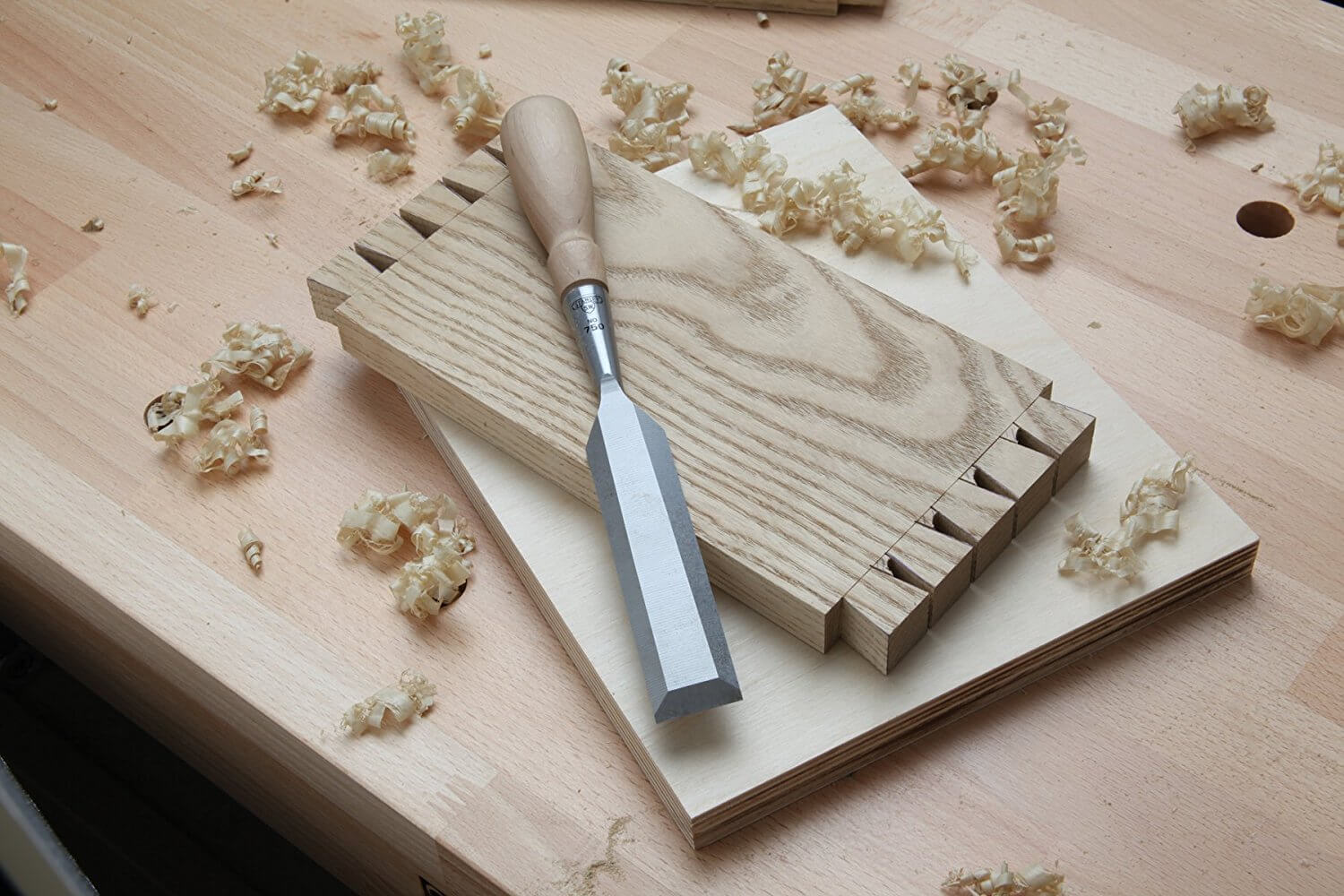
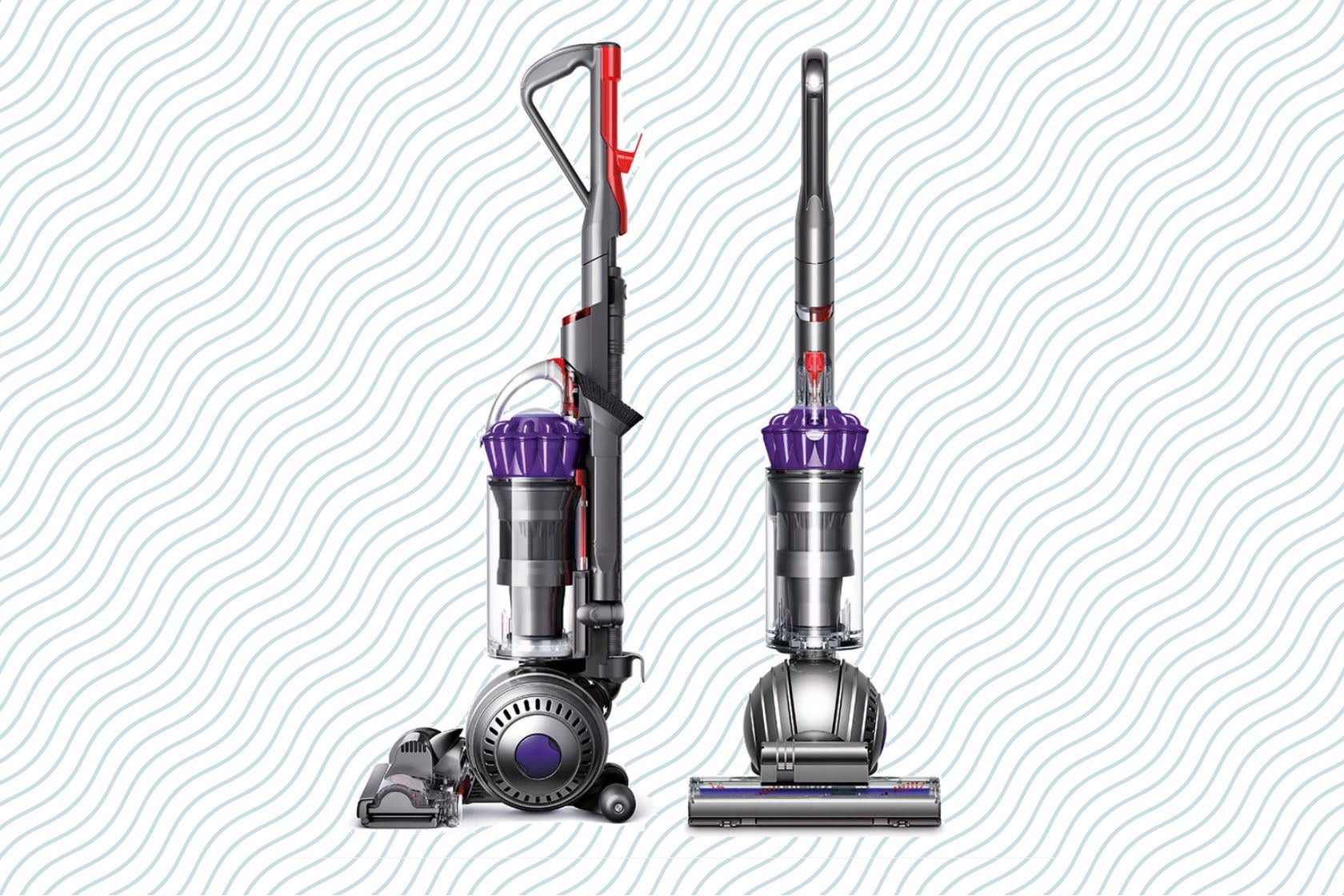
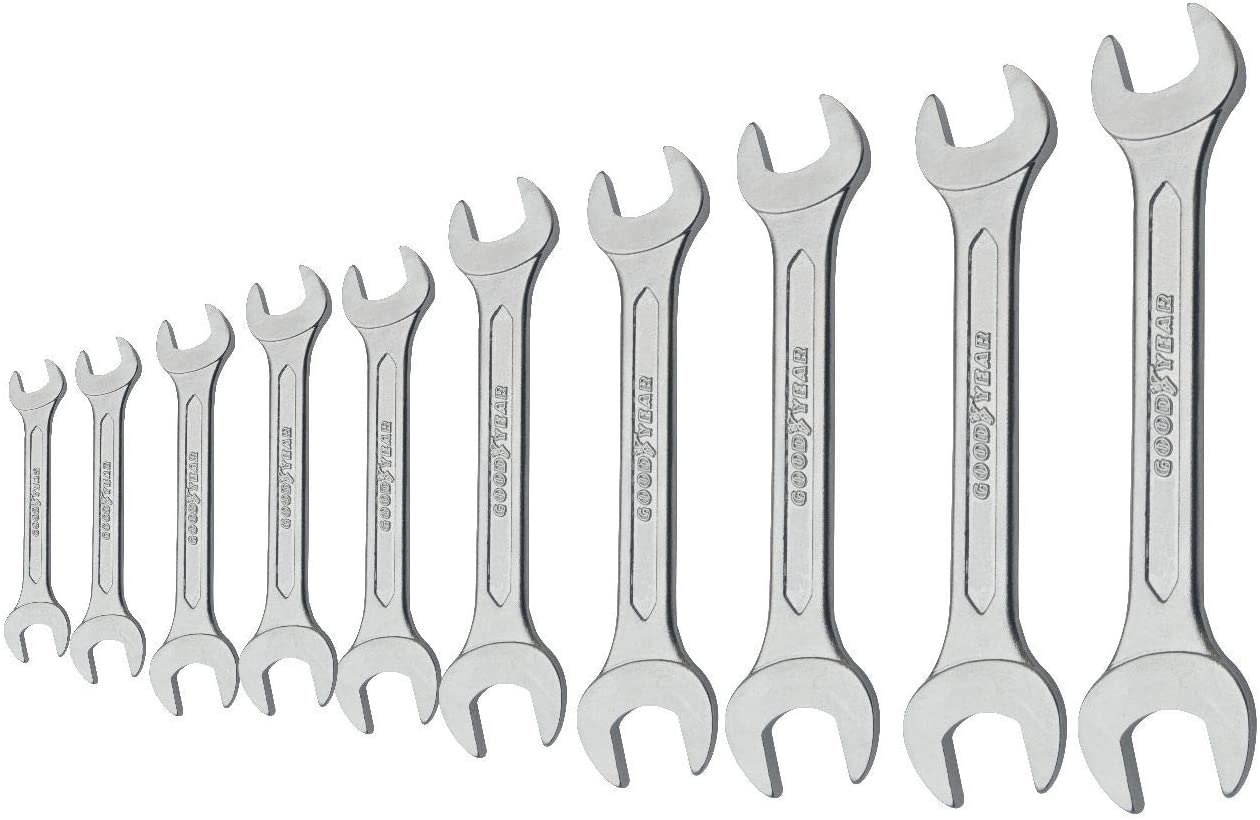
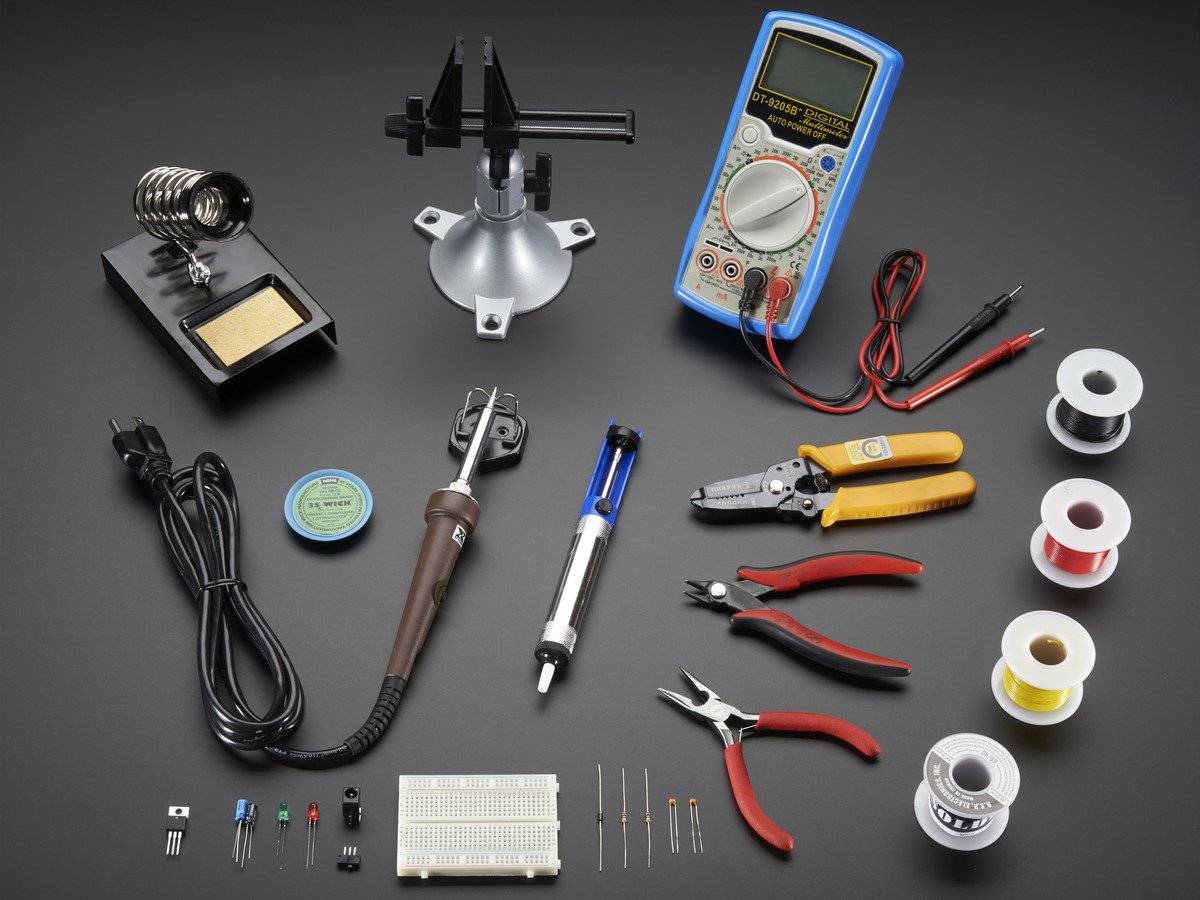


0 thoughts on “How To Use Camellia Oil On Hand Tools”